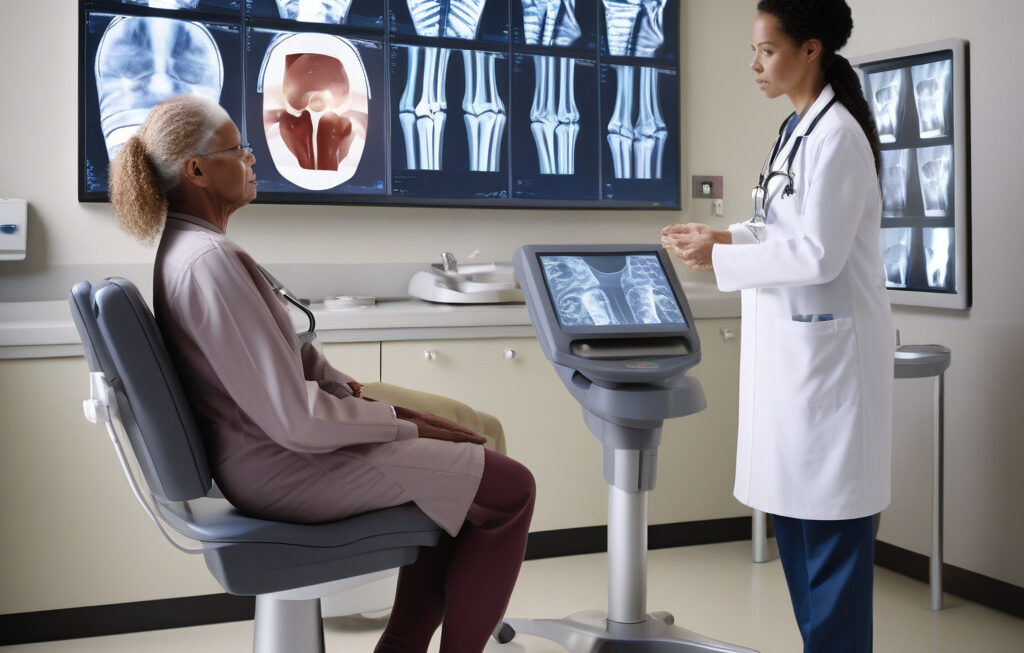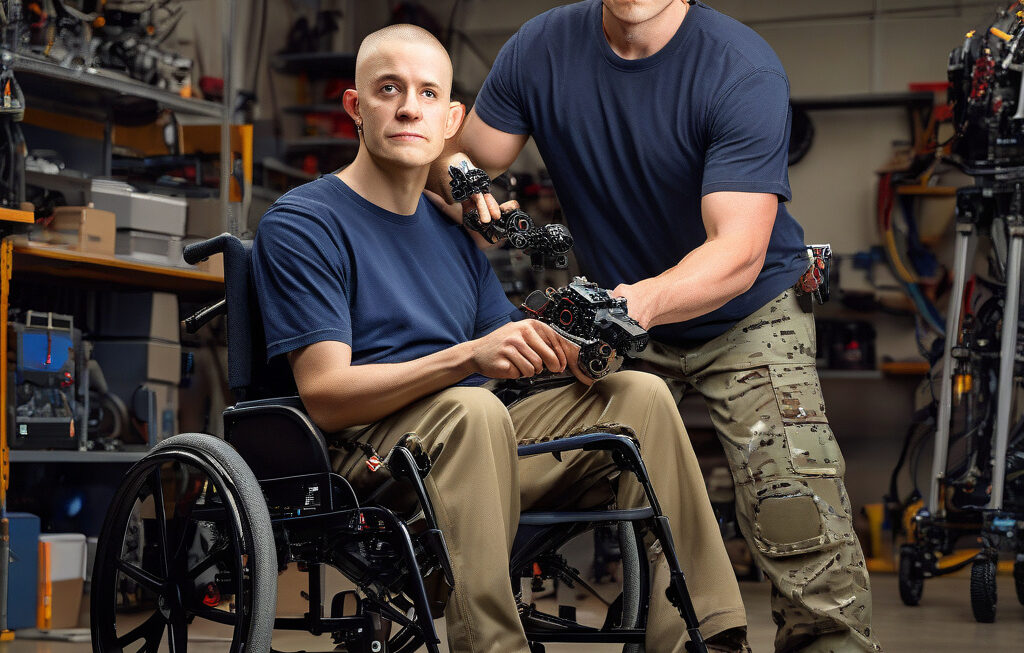Wearable Brain-Computer Interface Pairs EEG with AI for Robotic Control
In a groundbreaking development, engineers at UCLA have unveiled a wearable brain-computer interface that combines EEG technology with artificial intelligence to enable precise control of robotic arms. This innovative system represents a significant leap forward in the field of neural interface technology, offering a non-invasive and highly accurate method for individuals to interact with and control robotic devices using only their thoughts.
The traditional methods of controlling robotic prosthetics or machines have often required invasive procedures such as implanting electrodes directly into the brain. While effective, these techniques come with inherent risks and limitations. The new brain-computer interface developed at UCLA eliminates the need for invasive surgery, making it a safer and more accessible option for individuals seeking to enhance their physical capabilities through technology.
The key component of this groundbreaking system is the integration of electroencephalography (EEG) technology with artificial intelligence (AI). EEG technology measures electrical activity in the brain through sensors placed on the scalp, allowing researchers to interpret brain signals and translate them into commands for external devices. By leveraging the power of AI algorithms, the system is able to analyze and interpret these brain signals in real time, enabling seamless and intuitive control of robotic arms.
One of the primary advantages of this new wearable brain-computer interface is its versatility and ease of use. Unlike traditional brain-machine interfaces that require complex calibration procedures and extensive training, the UCLA system can be set up and calibrated quickly, allowing users to begin controlling robotic arms with minimal effort. This user-friendly design makes the technology accessible to a wider range of individuals, including those with limited technical expertise or physical capabilities.
Furthermore, the AI-assisted nature of the system enables it to adapt and learn from the user over time, improving the accuracy and efficiency of robotic arm control. By analyzing patterns in the user’s brain activity and movement commands, the AI algorithms can refine their predictions and responses, leading to a more seamless and natural interaction between the user and the robotic device.
The potential applications of this wearable brain-computer interface are vast and diverse. From assisting individuals with physical disabilities in performing daily tasks to enhancing the capabilities of workers in industrial settings, the technology has the potential to revolutionize how we interact with machines and devices in our environment. Moreover, as the field of neural interface technology continues to advance, we can expect to see even more sophisticated and intelligent systems that further blur the line between mind and machine.
In conclusion, the AI-assisted brain-computer interface developed by engineers at UCLA represents a significant milestone in the field of neural interface technology. By combining EEG technology with artificial intelligence, the system offers a safe, non-invasive, and highly effective method for controlling robotic arms through brain signals. As this technology continues to evolve, we can look forward to a future where seamless man-machine interactions are not just a possibility, but a reality.
brain-computer interface, EEG, AI, robotic control, neural technology












